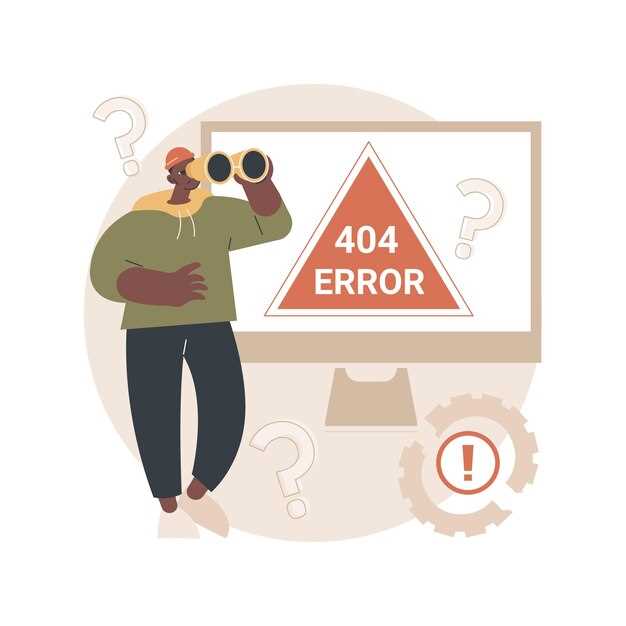
In the complex world of automotive technology, ensuring the optimal functioning of a vehicle’s transmission system is paramount. A transmission system plays a crucial role in transferring power from the engine to the wheels, enabling smooth acceleration and deceleration. However, like any mechanical component, it is susceptible to wear and tear, and neglecting transmission issues can lead to severe consequences, such as substantial repair costs and safety risks.
Proactive maintenance and early detection of transmission problems are essential strategies for every vehicle owner. Identifying warning signs before they escalate not only saves money but also increases the longevity and reliability of the vehicle. Common symptoms include unusual noises, slipping gears, and fluid leaks. By paying attention to these indicators, drivers can address potential issues before they become critical failures.
This article will explore various techniques and tools available for detection of transmission problems, emphasizing the importance of regular check-ups and diagnostics. From utilizing technology such as onboard diagnostics to engaging with experienced mechanics, understanding how to spot early signs of trouble can empower drivers to take action and maintain their vehicles effectively. Being aware of the nuances of transmission health facilitates informed decision-making and enhances safety on the road.
Identifying Early Signs of Transmission Issues
Recognizing the initial indications of transmission problems can save vehicle owners from costly repairs and ensure smooth operation. Here are some common early signs to watch for:
1. Slipping Gears: If the transmission slips out of gear unexpectedly, it can indicate internal issues. Drivers may feel a sudden loss of power or notice that the engine revs higher without gaining speed.
2. Unusual Sounds: Grinding, whining, or clunking noises when changing gears can signal problems. These sounds often arise due to worn components or low transmission fluid levels.
3. Delayed Engagement: A noticeable delay when shifting from park to drive or reverse can suggest transmission trouble. This symptom may indicate low fluid levels or worn-out clutches.
4. Fluid Leaks: Dark or reddish fluid spots under the vehicle can mean a transmission fluid leak. Transmission fluid is essential for lubrication and operation, so any leaks should be investigated immediately.
5. Warning Lights: The illumination of the check engine or transmission warning lights on the dashboard is a crucial signal. These alerts often indicate potential issues that require professional diagnosis.
6. Burning Smell: A burnt odor can suggest overheating or burnt transmission fluid. If this smell is detected, it’s vital to stop driving the vehicle and check the fluid condition.
By paying close attention to these signs, drivers can address transmission issues early, preventing further damage and ensuring vehicle reliability.
Tools and Technologies for Real-Time Monitoring

Real-time monitoring tools and technologies are critical for detecting transmission problems before they escalate. These tools provide timely insights into system performance, allowing for proactive maintenance and swift resolution of issues. Various solutions exist, each tailored to specific monitoring needs across different industries.
One of the primary technologies used in real-time monitoring is Network Performance Monitoring (NPM). NPM solutions help track network traffic, bandwidth usage, and the overall health of network components. They often include features like anomaly detection, traffic analysis, and alert mechanisms, ensuring that issues are identified quickly and addressed before they lead to system failures.
Another essential tool is Application Performance Monitoring (APM). APM tools focus on the performance of software applications, monitoring response times, server health, and user experiences. By analyzing application behavior in real-time, organizations can identify bottlenecks and inefficiencies, enhancing user satisfaction and system reliability.
IoT (Internet of Things) devices also play a crucial role in real-time monitoring. Equipped with sensors and connectivity, IoT devices continuously collect data from physical systems, providing valuable insights into operational status. Industries such as manufacturing and transportation utilize IoT solutions to monitor equipment performance, detect anomalies early, and minimize downtime.
Data Visualization tools are vital for translating complex data sets into understandable formats. By providing real-time dashboards and alerts, these tools help teams quickly assess the operational health of their systems and make informed decisions based on current data. Visualization enhances situational awareness, making it easier to pinpoint issues as they arise.
In addition, machine learning algorithms are increasingly integrated into monitoring solutions. These algorithms analyze historical data to predict possible failures or transmission issues, allowing organizations to adopt a more proactive approach to maintenance. Predictive analytics can drastically reduce the risk of unexpected outages by addressing potential problems before they escalate.
Finally, cloud-based monitoring solutions offer flexibility and scalability, making it easier for organizations to deploy monitoring systems without extensive infrastructure investments. These solutions often provide centralized access to monitoring tools, enabling remote teams to collaborate effectively and respond to issues in real-time, regardless of their physical location.
Implementing the right combination of these tools and technologies not only enhances the ability to detect transmission problems early but also streamlines the overall management of IT and operational infrastructure. By leveraging real-time monitoring effectively, organizations can safeguard their systems against potential failures and improve overall productivity.
Implementing Preventive Maintenance Strategies

Effective preventive maintenance strategies are essential for detecting transmission problems before they escalate. These strategies not only enhance the reliability of equipment but also extend its lifespan and minimize unexpected failures. To implement these strategies successfully, organizations need a structured approach.
First, it is crucial to establish a comprehensive maintenance schedule based on manufacturer recommendations and historical data. Regularly inspecting transmission components, including gears, bearings, and seals, allows for early identification of wear and tear. Establishing a clear timetable helps ensure that no critical inspections or replacements are overlooked.
Next, employing advanced monitoring technologies can significantly improve preventive maintenance efforts. Utilizing sensors and data analytics helps in assessing real-time conditions of the transmission system. Vibration analysis, thermal imaging, and oil analysis are tools that can detect anomalies in performance, providing early warnings of potential issues.
Training personnel is another vital aspect of preventive maintenance. Ensuring that operators and maintenance staff are well-informed about the significance of routine checks and familiar with diagnostic tools can enhance the effectiveness of the maintenance program. Continuous education about the latest technologies and practices in preventive maintenance can lead to more proactive identification of problems.
Documentation plays a critical role in preventive maintenance. Keeping detailed records of maintenance activities, inspections, and repairs allows for trend analysis, helping to pinpoint recurring issues and refine strategies. This data-driven approach enables teams to make informed decisions about necessary upgrades or changes in maintenance practices.
Finally, fostering a culture of safety and accountability is essential. Encouraging employees to report any irregularities and providing them with the authority to take immediate actions can create a more responsive maintenance environment. This proactive attitude towards maintenance can lead to quicker resolution of minor issues before they develop into significant problems.




